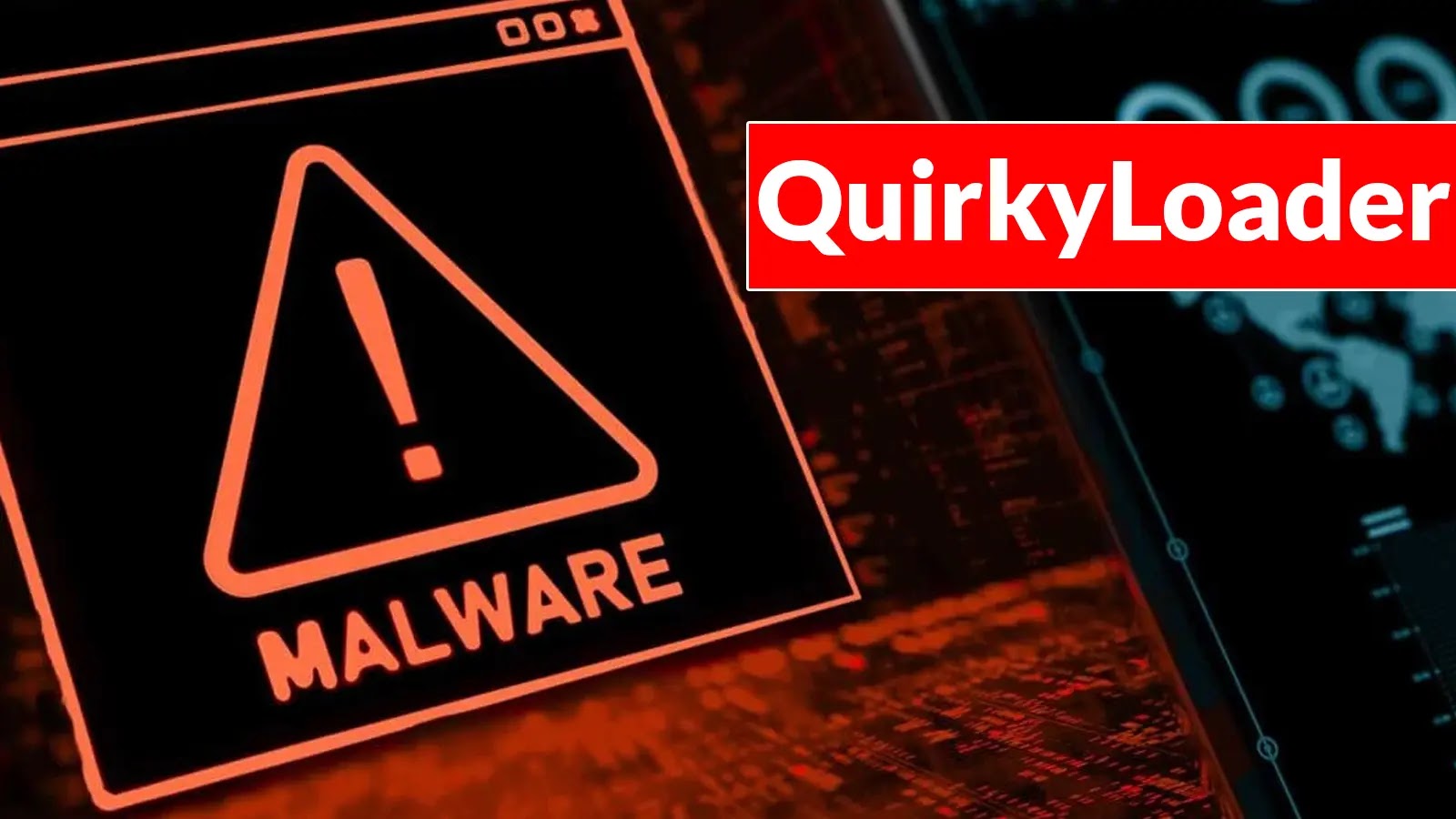ShadowPad Malware Exploits WSUS Vulnerability to Gain Full System Access
A critical security flaw in Microsoft Windows Server Update Services (WSUS), identified as CVE-2025-59287, has been actively exploited by cyber attackers to deploy the sophisticated ShadowPad malware. This vulnerability, a deserialization flaw, allows remote code execution with system-level privileges, posing a significant threat to organizations relying on WSUS for system updates.
Understanding the Vulnerability
WSUS is a Microsoft tool that enables administrators to manage the distribution of updates and patches for Windows operating systems. The CVE-2025-59287 vulnerability resides in the deserialization process within WSUS, where untrusted data is improperly processed, leading to potential remote code execution. Microsoft addressed this flaw in a recent security update, but the release of proof-of-concept (PoC) exploit code has led to its rapid weaponization by threat actors.
The Attack Vector
According to a report by AhnLab Security Intelligence Center (ASEC), attackers have been targeting Windows servers with WSUS enabled. The exploitation process involves several steps:
1. Initial Access: Attackers exploit CVE-2025-59287 to gain initial access to the WSUS server.
2. Shell Access: They utilize PowerCat, an open-source PowerShell-based Netcat utility, to establish a command shell (CMD) on the compromised system.
3. Malware Deployment: Using Windows utilities like `curl.exe` and `certutil.exe`, the attackers download and install the ShadowPad malware from an external server.
ShadowPad Malware: A Closer Look
ShadowPad is a modular backdoor that first emerged in 2015 and is considered a successor to the PlugX malware. It has been widely used by Chinese state-sponsored hacking groups and is renowned for its sophisticated design. SentinelOne, in an August 2021 analysis, described ShadowPad as a masterpiece of privately sold malware in Chinese espionage.
The malware employs DLL side-loading to execute its payload. In the documented attacks, a legitimate binary (`ETDCtrlHelper.exe`) is used to load a malicious DLL (`ETDApix.dll`), which acts as a memory-resident loader to execute the backdoor. Once installed, ShadowPad launches a core module responsible for loading additional plugins embedded in the shellcode into memory. It also incorporates various anti-detection and persistence techniques to maintain its foothold on the compromised system.
Implications and Recommendations
The exploitation of CVE-2025-59287 to deploy ShadowPad underscores the critical nature of promptly applying security patches. Organizations using WSUS should ensure that their systems are updated with the latest patches to mitigate this vulnerability.
Additionally, administrators should monitor for unusual activities, such as unexpected use of utilities like `curl.exe` and `certutil.exe`, which may indicate malicious behavior. Implementing robust security measures, including network segmentation, regular system audits, and employee training on recognizing phishing attempts, can further enhance an organization’s defense against such sophisticated attacks.
In conclusion, the rapid exploitation of the WSUS vulnerability by threat actors to deploy ShadowPad highlights the ever-evolving landscape of cyber threats. Staying vigilant and proactive in applying security updates and monitoring system activities are essential steps in safeguarding organizational assets against such advanced persistent threats.



